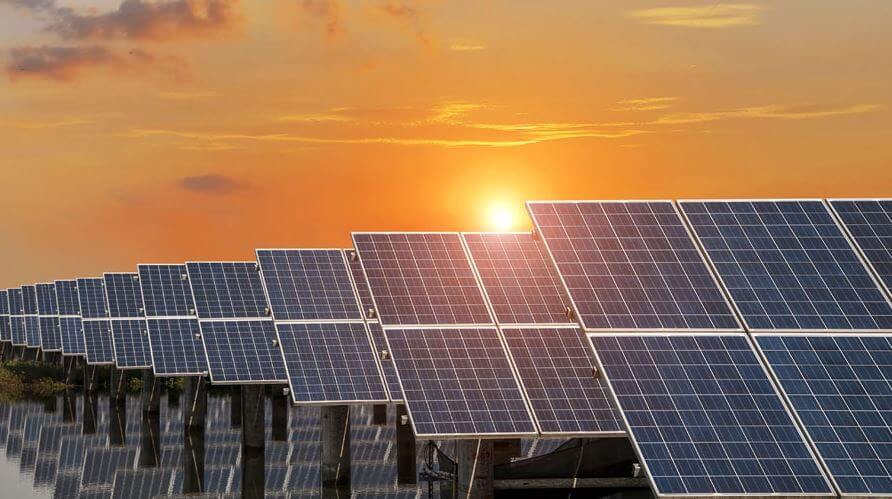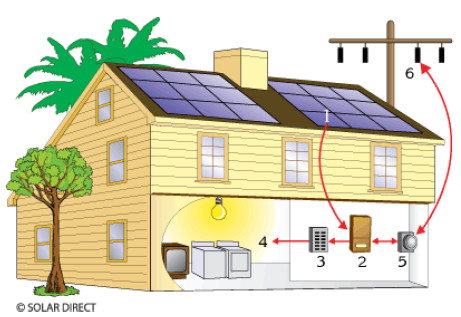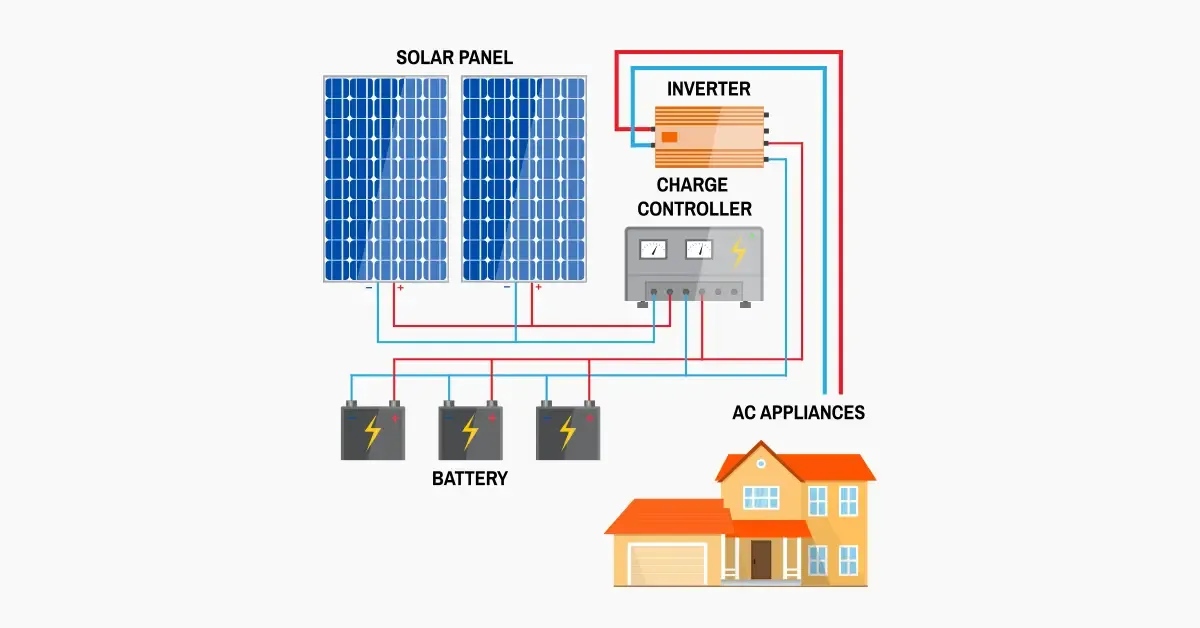LESSON 1: INTRODUCTION TO THE SOLAR POWER SYSTEM
Author
Võ Tuấn
Date Published

1. What is a Solar Power System?
A solar power system is a system that converts sunlight into electricity or thermal energy for residential, industrial, and commercial use. It is one of the most popular renewable energy solutions, environmentally friendly, and contributes to reducing greenhouse gas emissions. This system can be installed on rooftops, on the ground, or in areas with good sunlight exposure.

2. Principle of Operation of a Solar Power System
A solar power system operates based on the principle of converting solar energy into electricity through solar panels (also known as PV modules). When sunlight hits the photovoltaic cells in the panels, it generates direct current (DC). This DC is then sent to an inverter, which converts it into alternating current (AC), suitable for household appliances or to be fed into the national grid.

3. Main Components of a Solar Power System
A standard solar power system consists of the following main components:
Solar Panel: Absorbs sunlight and generates direct current (DC) electricity.
Inverter: Converts the direct current (DC) from the solar panels into alternating current (AC) for use.
Charge Controller: Used in systems with storage, it regulates the charging current to the storage battery, preventing overcharging or deep discharging.
Battery: Stores electrical energy for use when there is no sunlight (at night or on cloudy days).
Mounting System and Wiring: Secures the components and transmits electrical current throughout the system.
Monitoring System: Tracks the performance and operational status of the system in real time.